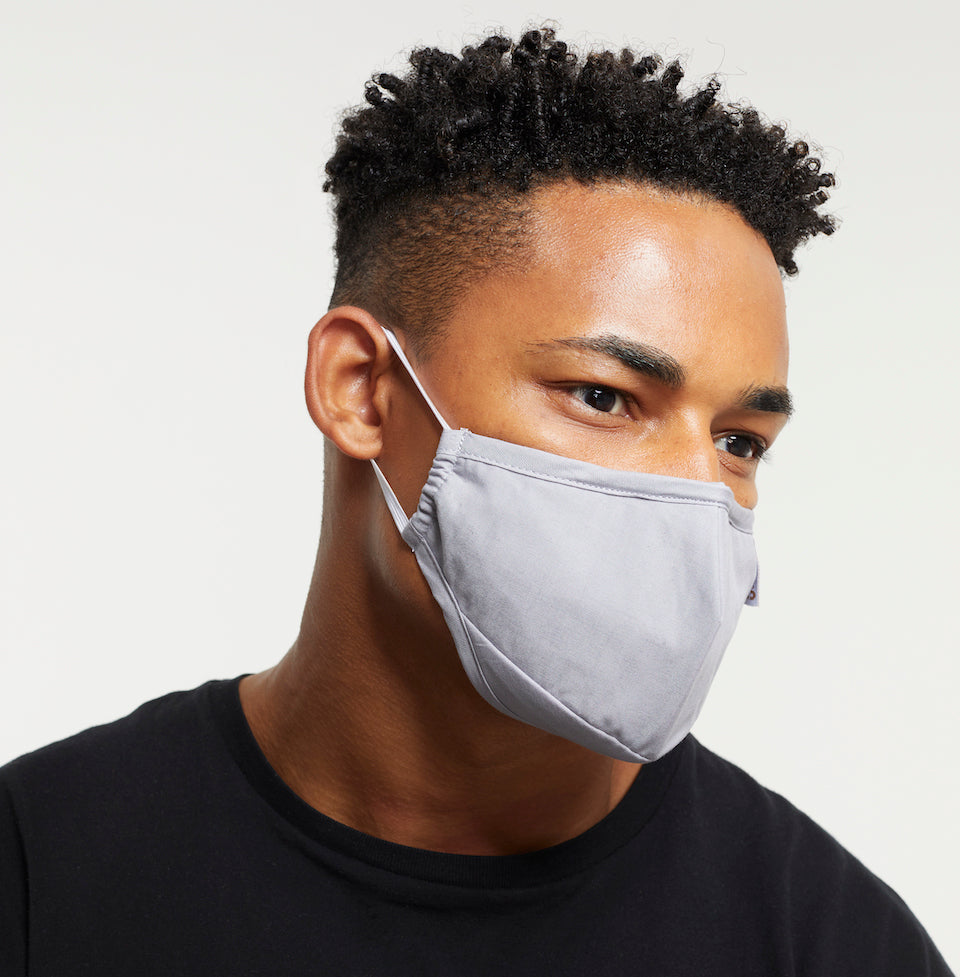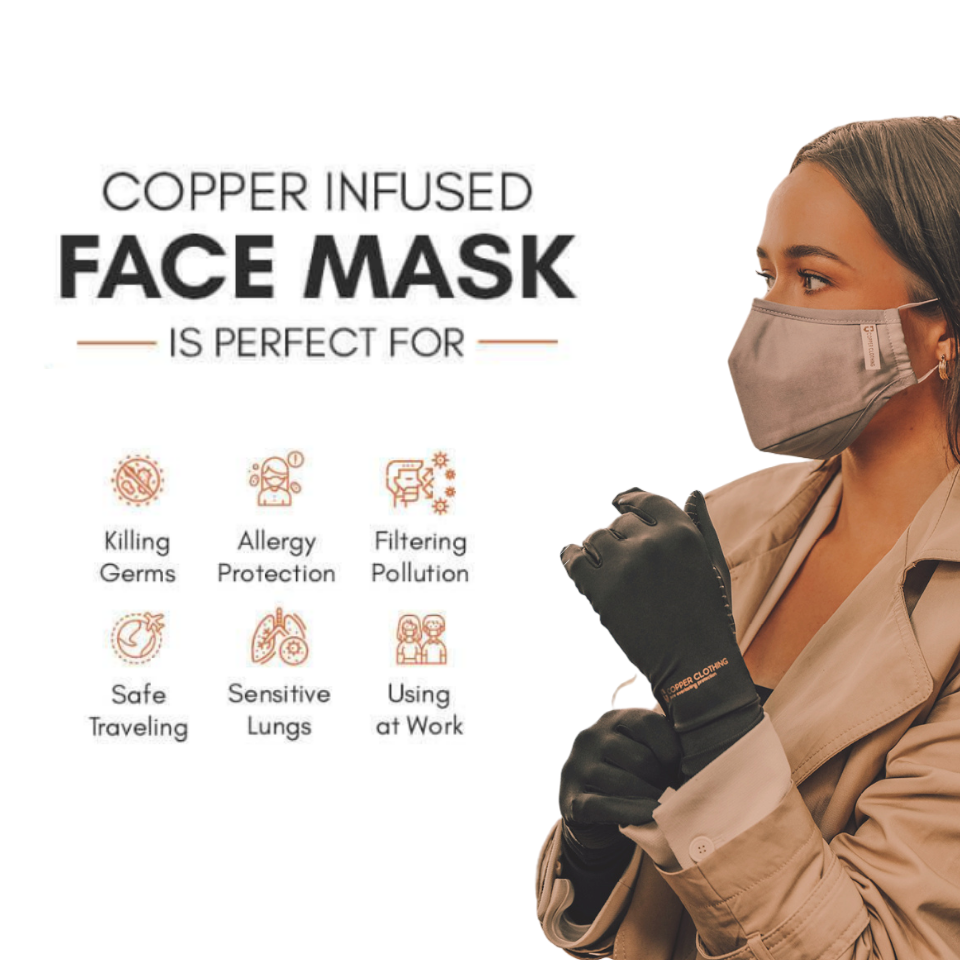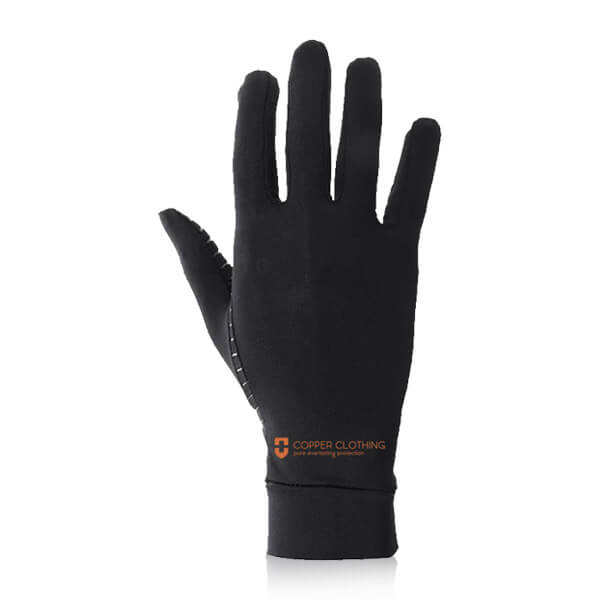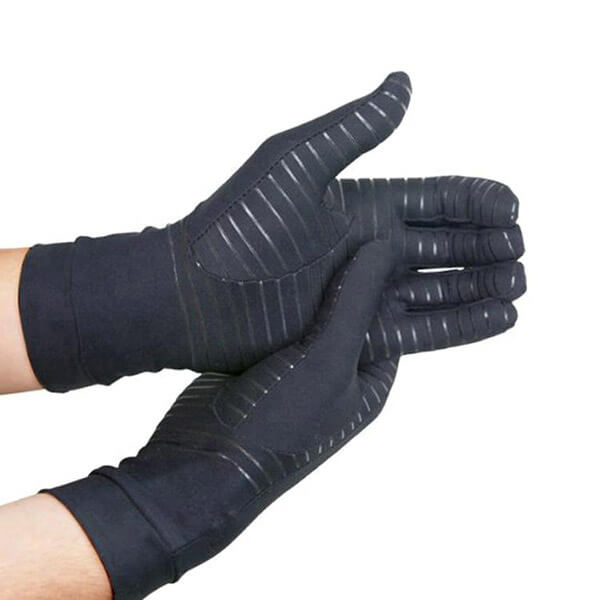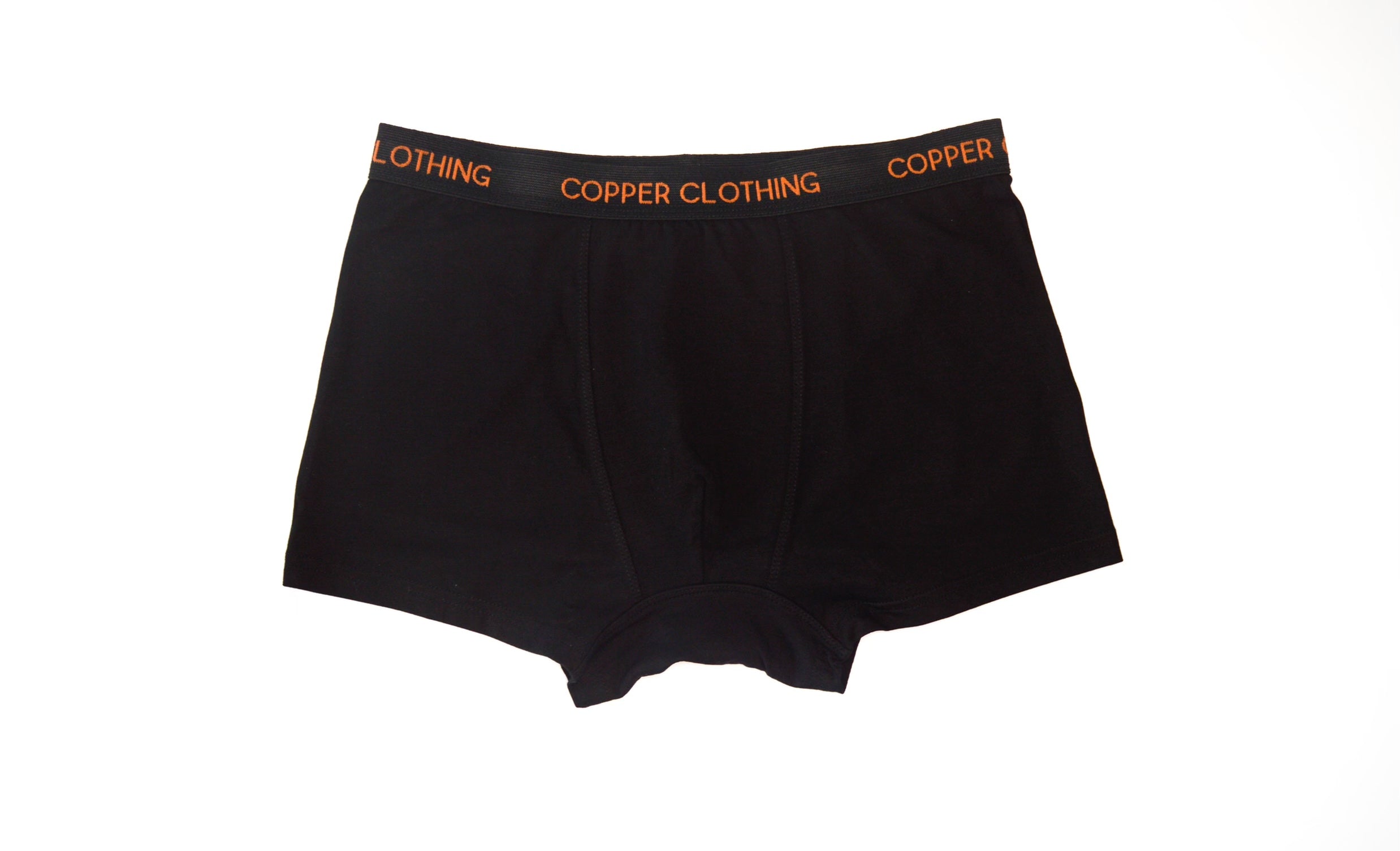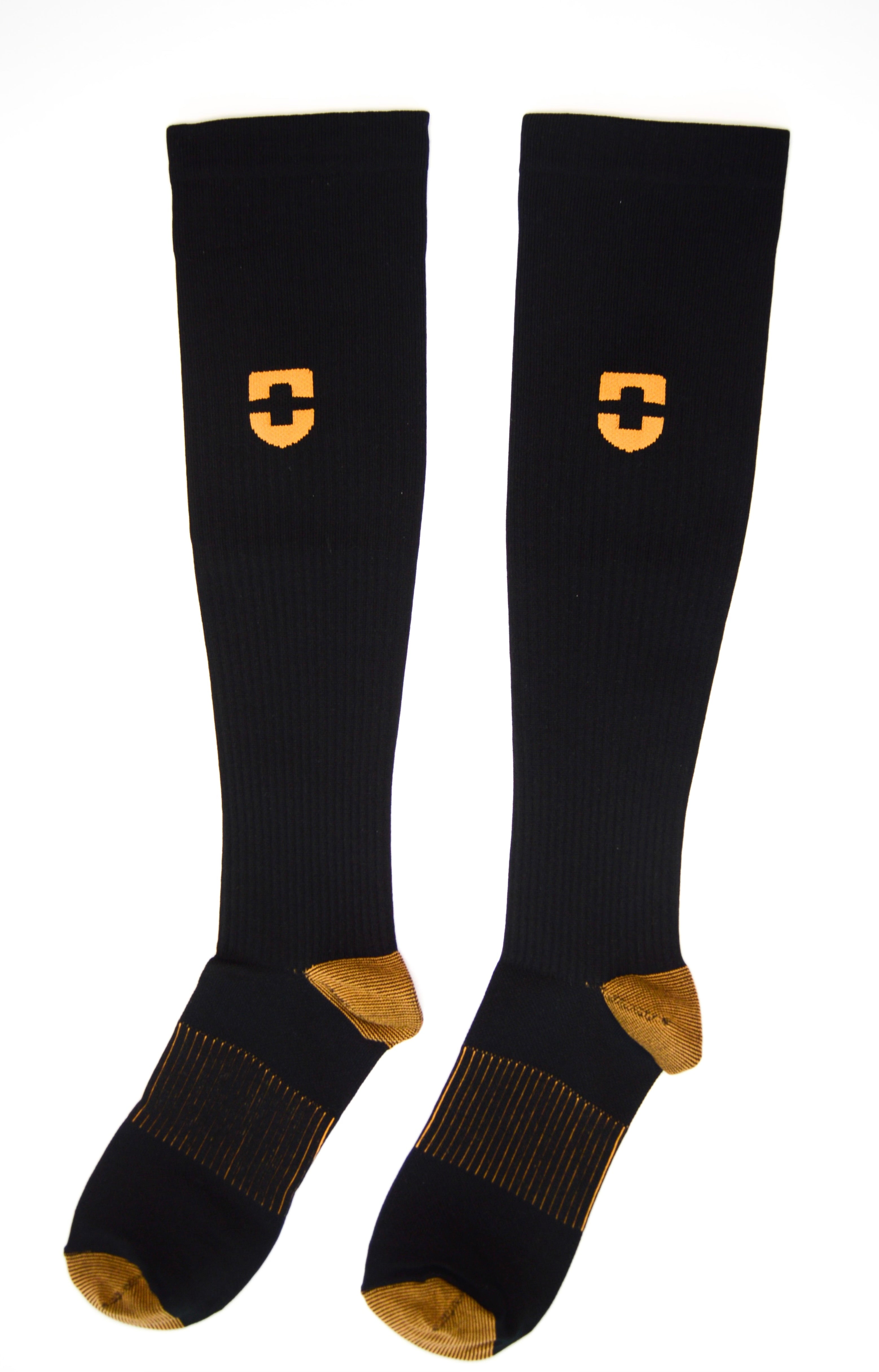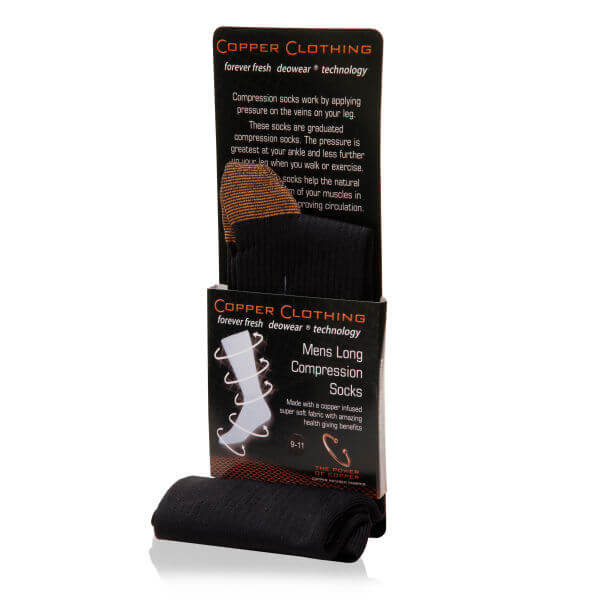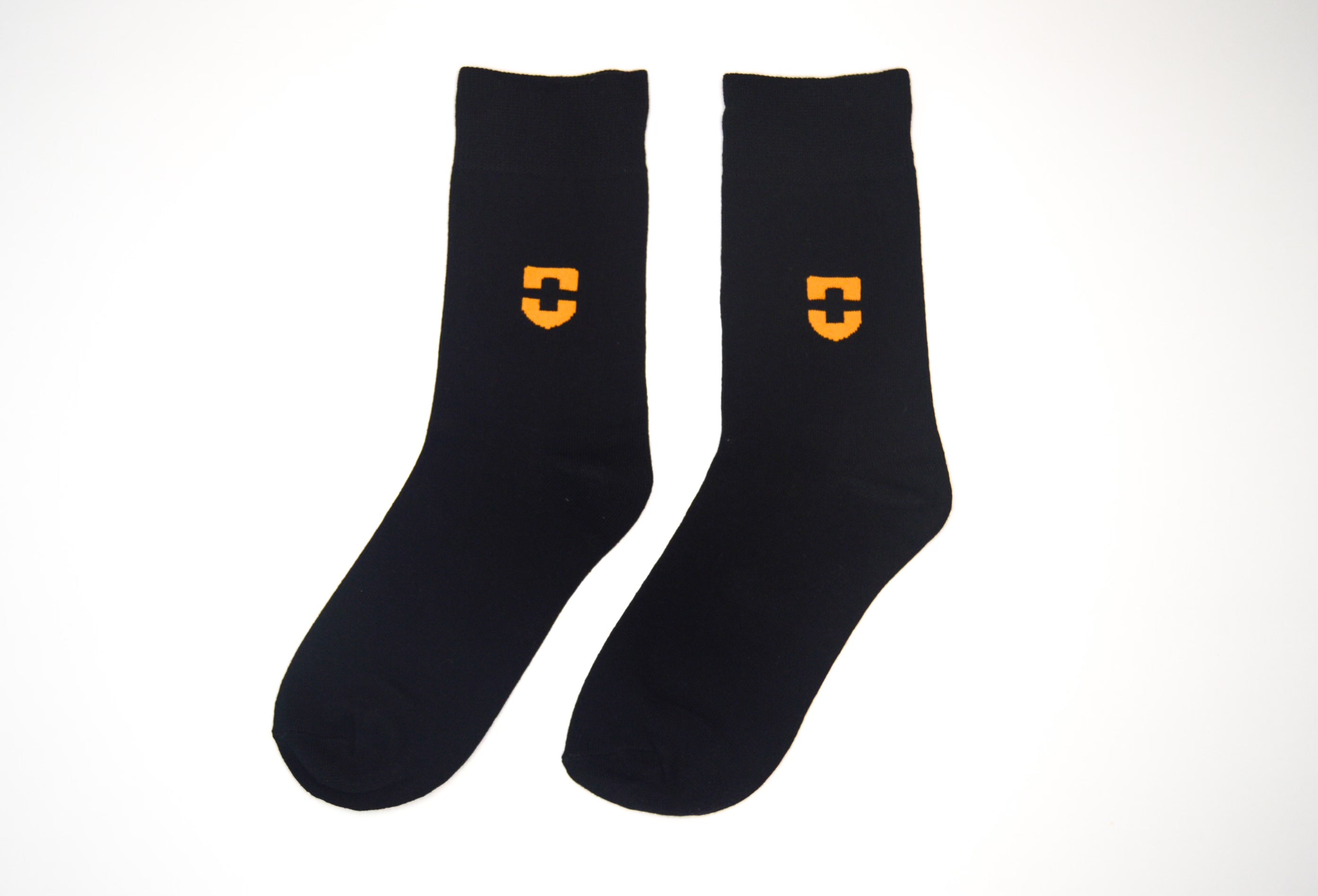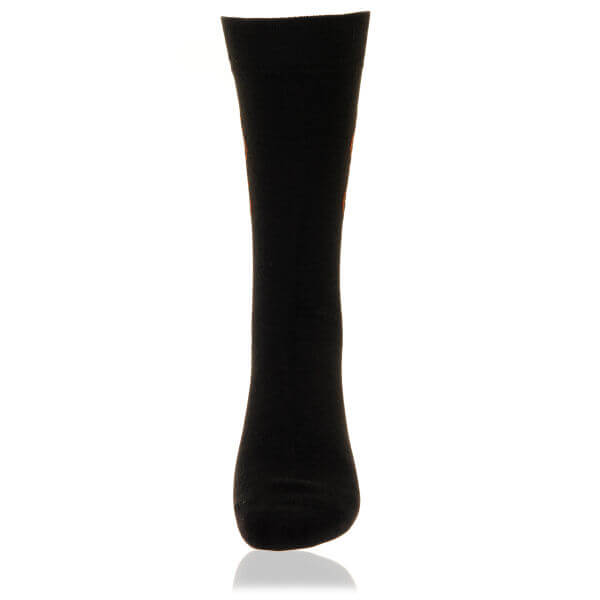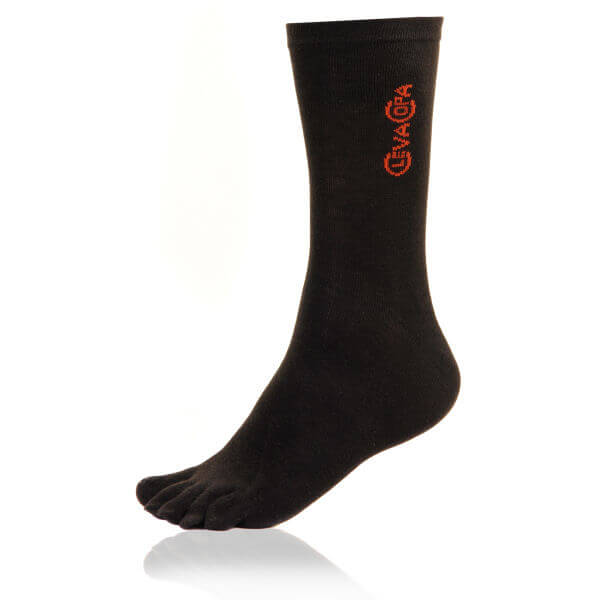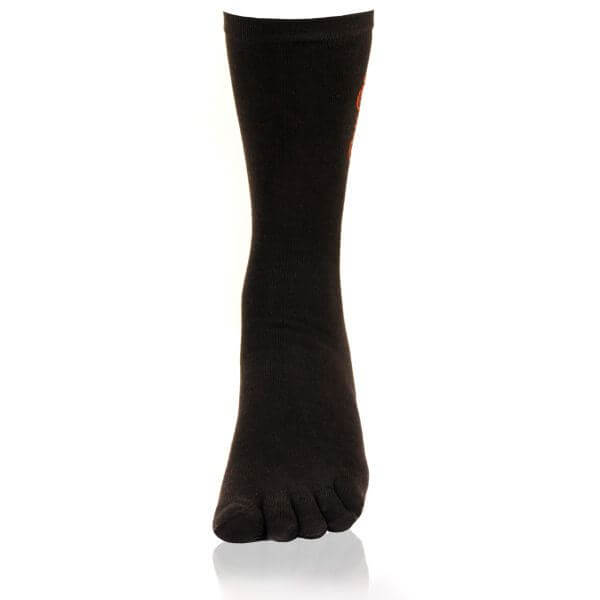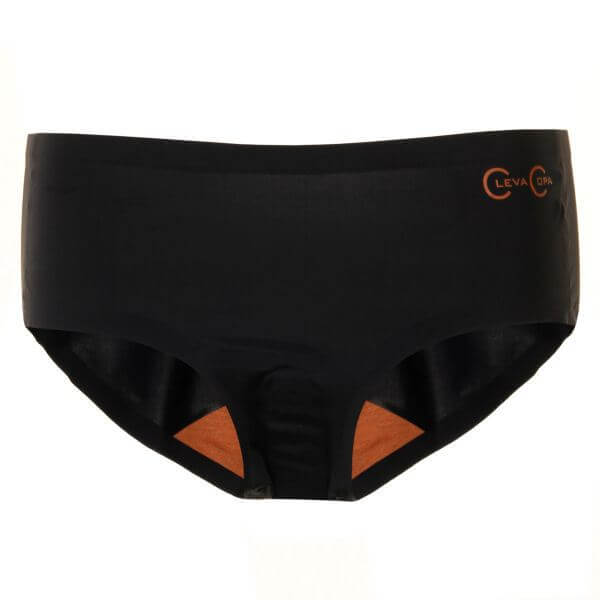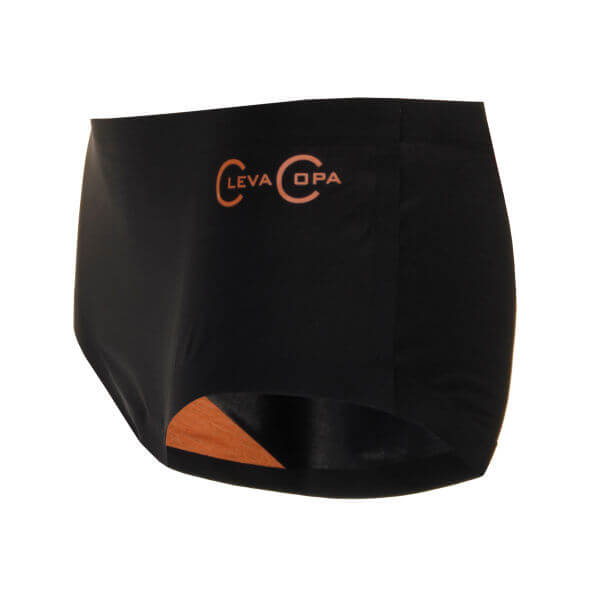Are You Safe From Coronavirus While Using Public Transport?
Published
March 24 2020
The Coronavirus doesn’t respect any boundaries and has a high infection rate. In the wake of the spread of the virus, hygiene in the public transports has come under scrutiny. The transport hubs were always known to be infection hotspots. Viruses are spread largely via droplets that settle on shared surfaces. People, when they touch these contaminated surfaces contract the virus from their hands to their face and then into their system. Planes, trains, and buses are perfect environments for viruses like Coronavirus to thrive and spread its diseases. Pathogenic bacteria, fungi, and viruses are lurking in secrecy in the transport hubs. Some evidence:
-
Tubes and Trains
A research study published in BMC Infectious Diseases found that people using public transport in densely populated cities during flu outbreaks were up to six times more likely to catch an acute respiratory infection. Those most susceptible were people who commute for long hours or use busy interchange stations. This is mainly because these people come into contact with more shared surfaces than other people.

Image credit: Telegraph
It was also found that boroughs with fewer tube stations tend to have higher infection rates, as these stops are more crowded than others.
-
Airports
In 1918, the Spanish Flu pandemic infection spread across borders through ships and ports. Today, airports are responsible for turning a local epidemic into a global pandemic. Surprisingly, the highest risk areas in airports are security checks. The University of Nottingham and the Finnish National Institute for Health and Welfare published a study that found almost 50% of the plastic luggage trays at security checks were hotbeds for germs that can cause at least one respiratory disease such as influenza or a common cold. These trays were found to have more germs than the airport toilets. This shouldn’t be surprising because these trays are shared by people, thousands of times over and they are seldom washed. Over time, they collect detritus from people's belongings and pockets and are host to some of the deadliest microorganisms.

A study published in BMC Infectious Diseases journal found the following airport areas to present a higher risk of catching a viral infection:
- armrests of seats in the waiting area
- chip and pin paying machines at airport pharmacies
- handrails on escalators
-
Buses and Trams
In 2011, BMC Infectious Diseases conducted a study that revealed that people using buses and trams for their daily commute are exposed to almost six-fold increased risk of developing an influenza-like infection during flu season. Another study in Houston conducted in the same year found that commuters who spend more than an hour a day on the bus are eight times more likely to contract TB.
With Coronavirus threatening to run riot in the world, here's how you can keep yourself safe from the scourge while travelling in public transport:
- Coronavirus is large in size with a cell diameter of 400-500 micro. Any mask can prevent its entry into your system. So, wear masks while travelling.
- The virus does not remain suspended in the air for long. It eventually settles down on the ground. When it falls on a metal surface such as a doorknob or handrails, it can survive for 12 hours. A simple routine of washing your hands with soap and water as soon as you reach your destination after exiting from public transport can kill the virus.
- When Coronavirus falls on the fabric like fabric seats, clothes, etc. it remains alive for 9 hours. Being exposed to the sun for two hours or washing your clothes after your travel can kill the virus.
- The Coronavirus lives on the hands for 10 minutes. While travelling and also otherwise, avoid touching your eyes, nose and mouth. Don’t even bite your nails. A good hand rub of an alcohol sterilizer can kill the virus. Make sure to keep a hand sanitizer in the pocket when travelling. A hand sanitizer with an alcohol content of 75%+ is more effective in killing the virus. Wearing hand gloves can also help in preventing the virus from entering your system. Copper-infused gloves can give you better protection from the virus.
- The virus thrives in cold regions but is killed when exposed to a temperature of 26-27 °C. So, drink hot water and be exposed to the sun whenever possible. Avoid eating ice cream and eating raw or uncooked food.
- Avoid sitting next to a passenger who shows signs of cold, such as coughing and sneezing.
- As a habit, check your seat before you sit down. Avoid sitting in a seat that is visibly soiled. Ask the attendant to assign another seat to you.
How Could Copper Infused Gloves Protect You From Coronavirus?
When you hold the doorknob or the subway pole with hand gloves on, the germs prevalent on the surfaces are transferred to your gloves instead of your skin. This provides temporary insulation from the live virus, bacteria or fungi. But when you touch the outside of your glove with your fingers or mouth, these organisms can travel into your system. You can prevent this from happening if you substitute your regular hand gloves with copper-infused gloves.
There are many published peer-reviewed scientific journey to show copper material has the ability to destroy 99.9% of bacteria, fungi and viruses within minutes upon contact. How?
- Upon contact, copper ions rupture and penetrate the cell wall.
- Once inside the cell, the copper ions attack the microbe’s DNA, inactivating it and then eventually killing it.
- This is why global anti-microbial research indicates that copper could be used in the battle against anti-microbial resistance, as the microbe is not able to build resistance
In 2014, it funded research to test the effectiveness of viricidal activity of the copper fabric on bovine Coronavirus. The test was conducted by a specialist viral Laboratory of Dr. Brill + Partner GmbH Institute for Hygiene and Microbiology.
The viricidal activity of the treated material was evaluated by comparing the viricidal activity of the non-treated material. The study found that copper-infused fabric can effectively fight the virus and destroy it.
In summary, the difference observed between the materials tested is based on the inactivation process during the 10-minute drying process (reduction factor of 3.94 log of the treated Copper material and 1.13 log of the untreated material) Please Note: this test was against the human surrogate of Coronavirus (part of the Coronavirus family of viruses). It has not yet been tested specifically against the COVID-19 strain of the Coronavirus family.









